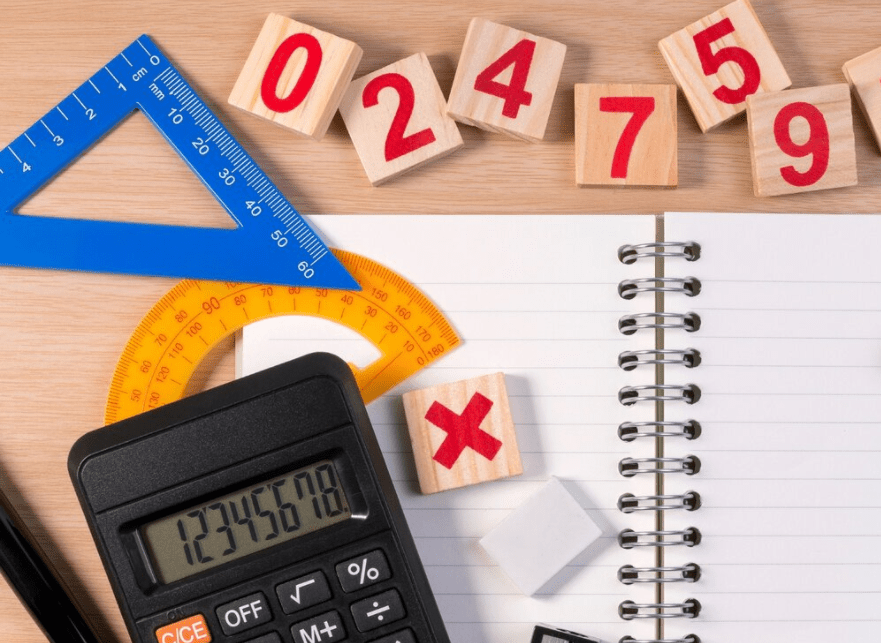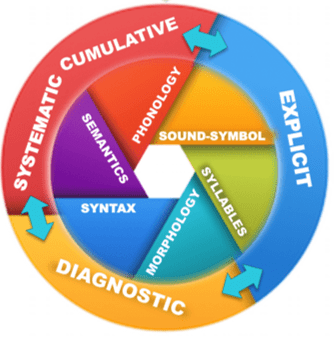
Working memory is what we use to store information for short periods in order to use it to accomplish something. But our capacity for working memory is not fixed. There are ways to improve and expand it. Read on for strategies to boost working memory.
First, let’s lay down some working memory basics. For those who struggle with working memory to begin with, creating structure is crucial. If you’ve ever forgotten what you needed at the store as you were parking, it’s time to make a list. Next time you get lost going to a new place, write down the directions. The less we overtax our working memory, the better it can function. For information that you don’t need to store in your working memory, write it down. Beyond that, here are five simple strategies for improving working memory:
1. Use Checklists & Routines
Especially for students who have executive function issues or ADHD, having a visual routine is crucial. It can help prevent hectic mornings and chaotic evenings. These students often have difficulty remembering every single thing they need to do to get ready for school. Posting those steps visually can ease some of the mental burden and let their working memory get ready for what it’ll need to do in school. And for those tasks that are not everyday items, consistently using a checklist or a planner will help prevent kids from forgetting what needs to be done.
2. Limit Multi-tasking
When you are working on two things at once, it can be difficult to accomplish either of them efficiently or as well as you’d like. Unless you are particularly skilled, it’s hard to talk on the phone while writing an e-mail, and communicate exactly what you want to say to both parties. Something is likely to get lost in translation. This applies to most things that we attempt simultaneously. And multi-tasking doesn’t just affect working memory in the moment. According to research, it is possible that people who frequently and heavily multi-task have weaker memory than those who take things one at a time.
3. Begin a Mindfulness Practice
Letting your mind rest and rejuvenate is a great way to improve all of its functions. While it may feel counter-intuitive, the times we are least productive are the times when our brain likely needs to rest the most. Mindfulness, or having one’s full awareness on the present moment, has been proven to have huge benefits on the brain. Mindfulness exercises like body scans or walking meditation can help clear our minds and make room for the working memory we need to get things done.
4. Use Visualization Techniques
Visualizing information can help reduce the burden on the working memory. When we are storing information without supports in place to help us remember it, our brain has to work even harder to keep that information long enough to put it to use. When we use visualization to help us remember, it takes some of the load off of our working memory by giving our brain something to attach the information to.
5. Exercise your Working Memory
In addition to the above tips, there are also ways to exercise your working memory specifically. Through something called “memory training,” you can actually stretch your working memory to be able to hold more information. Memory training entails short bouts of “exercise,” in which you attempt to remember increasing amounts of information, such as a number or item on a grocery list. You then add on one item at a time, trying to recall previous items before adding on more. These exercises shouldn’t exceed a few minutes at a time, and may be particularly helpful for students with ADHD in improving their working memory, focus, and motivation.




